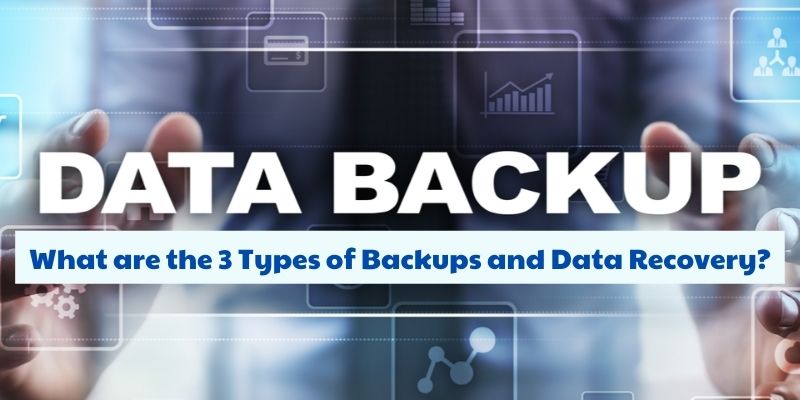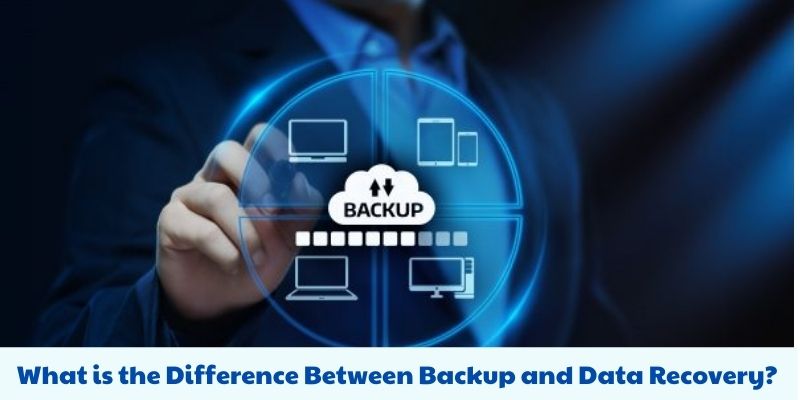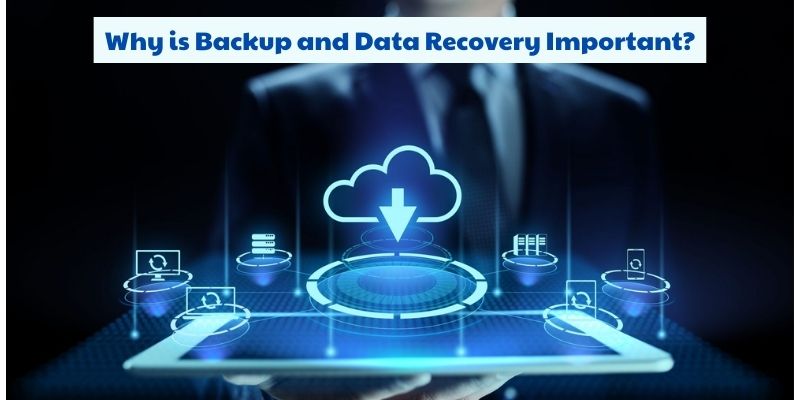Data backup and data recovery is the process of making a copy of your data, keeping it somewhere safe in case it becomes lost or damaged, and then retrieving it and putting it back where it belongs so you can use it again. This backup copy, which is frequently referred to as a snapshot, should ideally be immutable, meaning that it cannot be changed once it is made to guard against modifications like ransomware. The area of onshore and cloud-based technological solutions known as “backup and data recovery” allows enterprises to secure and maintain their data for legal and business requirements. In this article, aods.info will discuss 3 types of backup and data recovery.
Contents
What are the 3 Types of Backups and Data Recovery?

Backups are often bucketed into three categories:
- Full backups – Think of this process as pouring all the data from a production system into a backup system for safety, similar to filling up a spare tire at the gas station. Full backups safeguard all of the information on a single server, database, virtual machine (VM), or other network-connected data source. Depending on how much data needs to be preserved, these backups may take many hours or even days to complete. A data management solution needs to do fewer full backups the more up to date it is, and when it does, it does it more quickly.
- Incremental backups – To be prepared to change your tire at any time, think of incremental backups as adding a tiny bit more air each time you visit the station. Only new data since the last full incremental is captured by an incremental backup and data recovery. However, a backup solution must first perform a full backup before beginning its first incremental backup and data recovery. Then, based on the most recent incremental action, it can perform them automatically.
- Differential backups – These add additional air, just like incremental backups, but the delta is from the most recent full backup, not the most recent incremental. Consider the differences between this backup and the last time you ever inflated the tire. Once more, this is only possible if a full backup has been done first. Organizations often set regulations about the amount of data and the frequency of incremental and differential backups.
What is the Difference Between Backup and Data Recovery?

Why Do You Need a Data Backup and Disaster Recovery Plan?
All sizes and types of enterprises depend on data. You need a reliable data backup and disaster recovery strategy because it offers a road map for the people in charge to know who is doing what and in what order to restore operational functioning in the event of a disaster. Your DR plan should cover both people and procedures so that staff have a roadmap to follow when they restart your company.
Why is Backup and Data Recovery Important?

Your organization and competitive advantage are powered by data. Backup and recovery are crucial because of this. Your organization can: With a solid backup and recovery strategy in place, you can:
- Prevent data loss – The effects of lost or corrupted data can be both annoying and expensive. Financial fines, as well as a loss of customer confidence and brand reputation, are possible for businesses. Backup and recovery’s primary function is to protect important data in the event of loss or damage.
- Sustain operations – Businesses continue to operate in the face of calamity, whether it be natural or man-made, such as a ransomware assault.
- Maintain a good customer experience – Business issues brought on by lost client records include decreased customer happiness and revenue as well as non-compliance with legislation. As an alternative, extensive, constantly accessible consumer datasets promote stronger client loyalty and, as a result, bigger revenues.
- Keep employees productive – When data and files are lost, effective data backup and recovery avoids the need for staff to waste time recreating reports, rekeying data, or recalculating spreadsheets.
- Retain historical records – It is sometimes required by industry or governmental laws, and it enables businesses to create corporate archives of their operations.
- Satisfy auditors – Laws vary from one country to the next, but it is essential for business operations to have crucial accounting and other financial data backed up, recoverable, and simple to access for both tax purposes and audits.
- Achieve peace of mind – Even the most well-managed businesses can experience awful occurrences, whether it is a hurricane, cybercrime, or system failure. Your firm can be resilient and handle even the most trying situations if you have a strong data backup and recovery strategy that is supported by the appropriate technological solution.

